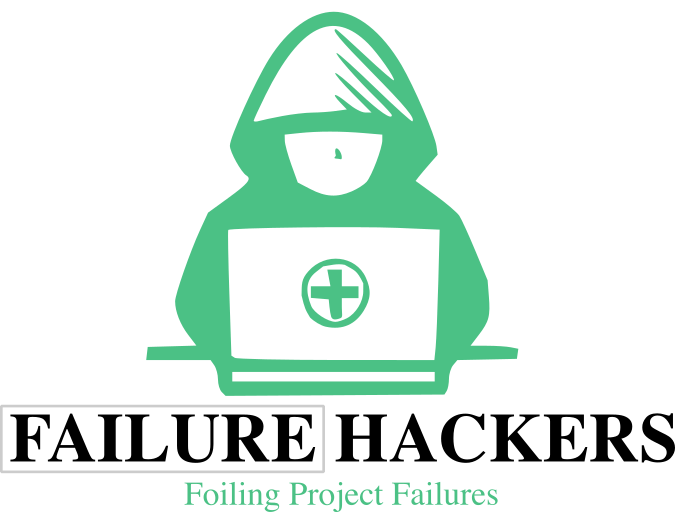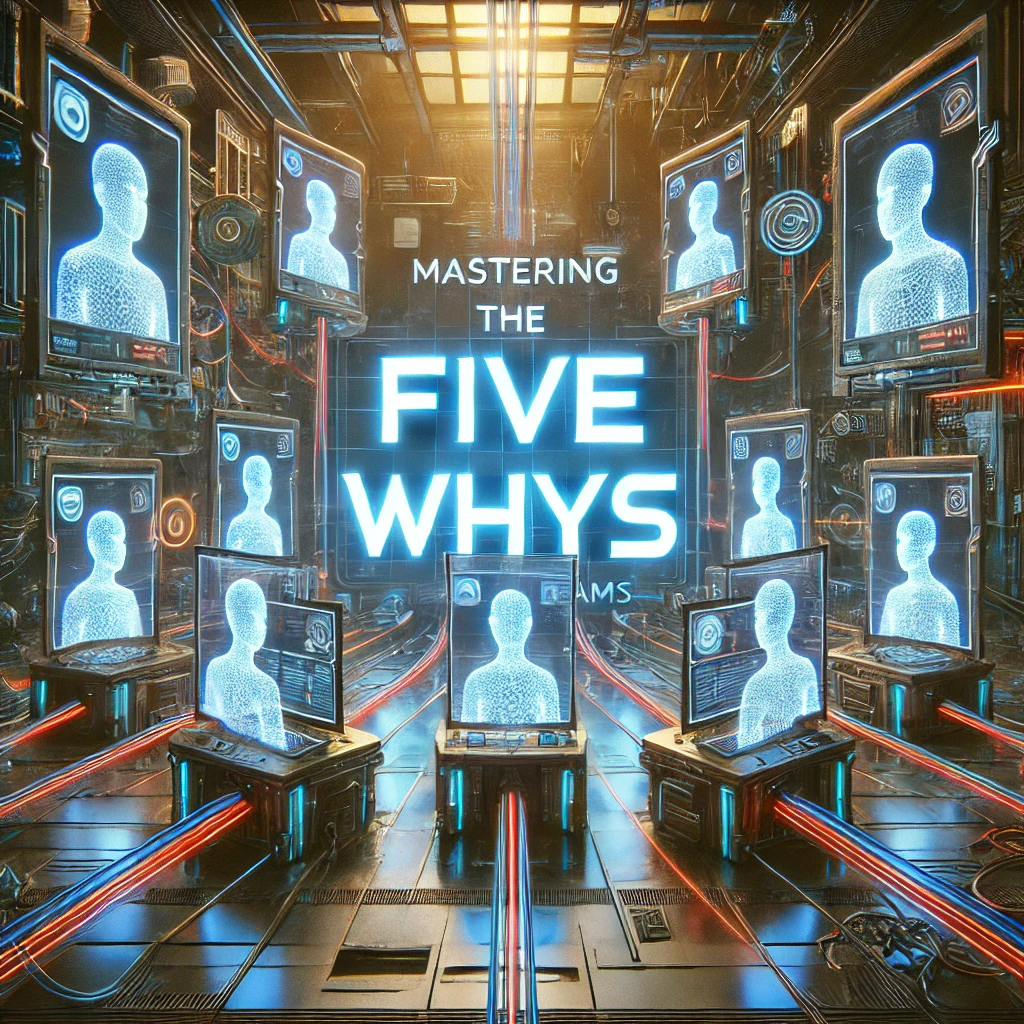Designing Small, Affordable Tests to Build and Validate Minimum Viable Products Within One Week
In today’s fast-paced business world, the ability to validate ideas quickly can mean the difference between success and failure. Enter Rapid Experimentation — a methodology allowing entrepreneurs and innovators to test their hypotheses in a cost-effective and timely manner. By designing small experiments, businesses can build and validate Minimum Viable Products (MVPs) within just one week. This post will guide you through the process of creating effective and affordable tests to validate your ideas without breaking the bank.
What is Rapid Experimentation?
Rapid Experimentation is an iterative approach to product development where ideas are tested quickly through small, manageable experiments. The goal is to gather actionable data that informs whether to pivot or proceed with a concept. The MVP refers to the simplest version of a product that can be launched to gauge customer interest and gather feedback.
Why is It Important?
The traditional approach of developing a complete product before launch can lead to wasted resources and missed opportunities. Rapid Experimentation allows for real-world feedback early in the development process, minimising risks and ensuring alignment with market needs. Here’s how you can design small, affordable tests to validate your hypotheses within a week.
Step-by-Step Guide to Designing Your Experiment
Step 1: Define Your Hypothesis
Begin by clearly articulating the hypothesis you want to test. A hypothesis should be specific and measurable. For instance, instead of saying “Customers want a new coffee blend,” frame it as “60% of customers prefer our new coffee blend over our current best-seller.” This specificity will help in structuring your test effectively.
Step 2: Identify Your Metrics
Determine what success looks like for your experiment. Your metrics should be closely tied to your hypothesis. If you’re testing customer preference for a coffee blend, success could mean receiving positive feedback from at least 60% of taste testers.
Step 3: Choose Your Testing Method
Select an affordable and quick method to test your hypothesis. Here are a few options:
- Surveys: Create a simple survey using tools like Google Forms or SurveyMonkey to gauge interest in your concept.
- Landing Pages: Build a basic landing page using platforms such as Wix or WordPress to capture potential customer interest. This could include information about your MVP and a sign-up button for pre-orders or newsletters.
- Prototyping: Use prototyping tools like Figma or InVision to create a visual representation of your product. Share it with potential customers for feedback.
- A/B Testing: If you have multiple concepts, consider running A/B tests to see which version resonates better with your audience.
Step 4: Recruit Participants
Identify your target audience and recruit participants for your experiment. This can be done through social media, mailing lists, or your existing customer database. Aim for a sample size that gives you reliable data—typically, even a group of 20-30 participants can provide insights, depending on your niche.
Step 5: Run Your Experiment
Execute your test within a week. Ensure the process is streamlined so that you do not get bogged down by unnecessary complexities. Collect data and feedback in real-time to facilitate analysis.
Step 6: Analyse Results
Review the data collected to determine if your hypothesis is validated or invalidated. Look for patterns and trends that provide insight into customer preferences. Did 60% of participants prefer your new coffee blend? Did your landing page generate enough interest? Interpret these results honestly to make informed decisions.
Step 7: Iterate Based on Feedback
Use the insights gained from your experiment to refine your product or idea. This might mean adjusting your coffee blend recipe, enhancing your landing page, or even rethinking your entire concept. The key is to remain flexible and open to change based on what your customers tell you.
Conclusion
Rapid Experimentation empowers entrepreneurs and innovators to discover what resonates with their target market quickly and affordably. By following these steps, you can design small tests that validate your hypotheses and build Minimum Viable Products within just one week. Remember, the aim is not to create a perfect product initially but to learn and adapt. So start experimenting today, and turn your ideas into reality!





